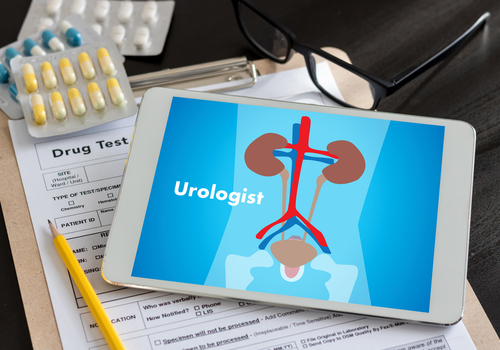Veltassa (patiromer) is an effective treatment against hyperkalemia, or excessive levels of potassium in the blood, whether chronic kidney disease (CKD) patients take it with or without food, a clinical trial indicates.
Relypsa presented the results of the study at the National Kidney Foundation’s spring clinical meetings in Orlando, Florida.
The U.S. Food and Administration approved Veltassa to be taken with food in 2015. Based on the findings, Rslypsa plans to ask the agency to approve taking Veltassa without food as well.
The TOURMALINE clinical trial (NCT02694744) evaluated the effectiveness and safety of Veltassa administered once a daily, with or without food, for treating hyperkalemia. The condition, which affects many people with CKD, can be serious.
Hyperkalemia is as high as 40-50% in the CKD population, compared with 2-3% of the general population, according to the National Kidney Foundation.
“TOURMALINE is the first study to evaluate the efficacy and safety of Veltassa taken with or without food,” Pablo Pergola, the primary investigator of the trial, said in a press release.
“The results presented today are important because they demonstrate that Veltassa has a consistent potassium-lowering effect and safety profile whether taken with or without food,” said Pergola, research director of Renal Associates and clinical associate professor of medicine at the University of Texas Health Science Center at San Antonio. “For patients with hyperkalemia, the ability to take Veltassa without food could provide greater flexibility in incorporating the medicine in their daily treatment regimen.”
The 114 patients in the trial with elevated blood potassium levels took Veltassa for four weeks, some with food and some without it. Researchers checked at three and four weeks to see if Veltassa could bring the levels to normal.
Veltassa reduced blood potassium levels when taken with or without food, according to the results, which were first reported in September 2016. Eighty-seven percent of those who took Veltassa with food attained a proper potassium level, versus 83 percent who took it without food.
The side effects were comparable between the two groups as well. Forty-eight percent of those who took Veltassa with food had side effects, versus 42.1 percent who took it without food.
The most common treatment-related side events included nausea, diarrhea, constipation, abdominal discomfort, low levels of magnesium — a condition known as hypomagnesemia — and flatulence.
“Current prescribing information requires that Veltassa be taken with food. That is how the drug was administered in the original clinical studies supporting U.S. Food and Drug Administration approval,” said Alain Romero, a Relypsa vice president. “As the TOURMALINE study showed consistent efficacy and safety with Veltassa when taken with or without food in patients with hyperkalemia, we are preparing a supplemental New Drug Application based on these findings. We look forward to working with the FDA to revise the U.S. Veltassa label to reflect this important information.”
The Food and Drug Administration approved Veltassa in October 2015 as a treatment for hyperkalemia.

